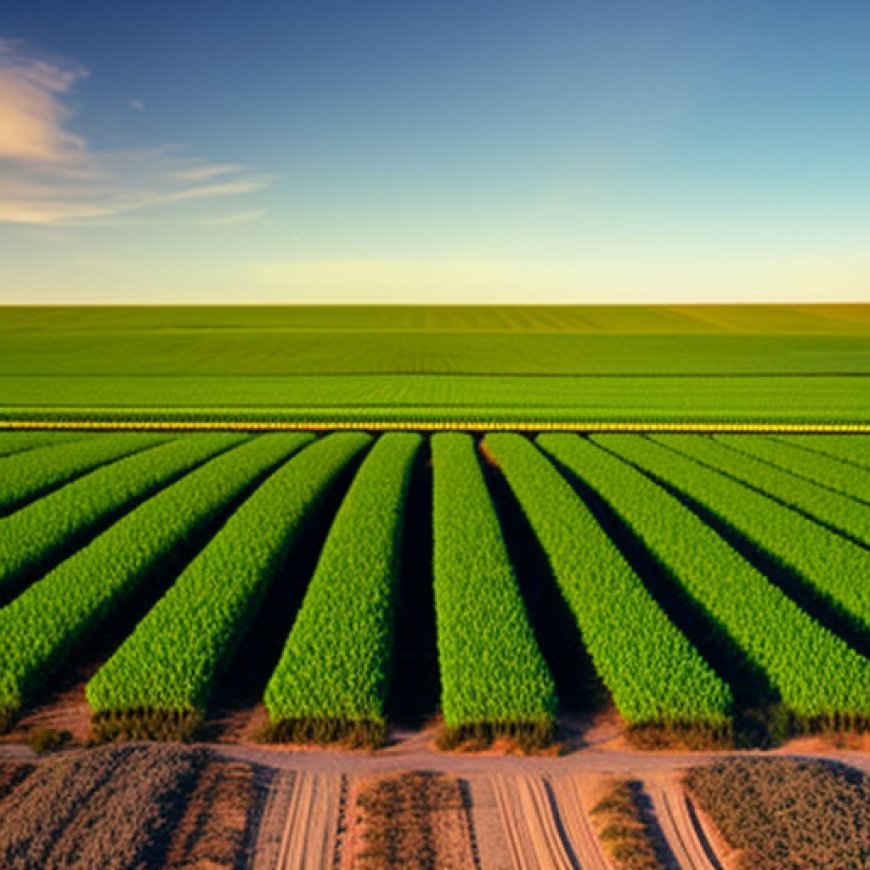Farm Evaluation and Nitrogen Management Plan Submittal – California Rice News
Farm Evaluation and Nitrogen Management Plan Submittal California Rice News


Rice Commission: Farm Evaluation and Nitrogen Management Plan Submittal

You can still submit them to the Rice Commission!
The Rice Commission’s web portal for the online submission of the Farm Evaluation and Nitrogen Management Plan (FE/NMP) is still open at CalRiceNews.org by clicking here.
If you have not yet completed them, please do so as soon as possible. It should take on average less than 30 minutes to complete. The Rice Commission has recently completed outreach to individual growers with incomplete or missing submissions. Each plan will be submitted using the grower’s unique identification number from their permit at the County Agricultural Commissioner’s office.
The summary of the FE/NMP data is a critical piece of the Water Board’s evaluation for compliance with the Rice Waste Discharge Order (WDR). In addition, if the Water Board were to conduct an inspection of the farm, they could issue a fine if a copy of grower’s FE/NMP is not available.
For more information, contact the CRC’s Industry Affairs Manager Craig Riddle at criddle@calrice.org or (916) 812-3468.
Sustainable Development Goals (SDGs)
- Goal 2: Zero Hunger
- Goal 6: Clean Water and Sanitation
- Goal 12: Responsible Consumption and Production
SDGs, Targets, and Indicators
1. SDGs Addressed or Connected to the Issues Highlighted in the Article:
- SDG 6: Clean Water and Sanitation
- SDG 12: Responsible Consumption and Production
- SDG 15: Life on Land
2. Specific Targets Under Those SDGs Based on the Article’s Content:
- SDG 6.3: By 2030, improve water quality by reducing pollution, eliminating dumping, and minimizing release of hazardous chemicals and materials.
- SDG 12.4: By 2020, achieve environmentally sound management of chemicals and all wastes throughout their life cycle, in accordance with agreed international frameworks, and significantly reduce their release to air, water, and soil to minimize their adverse impacts on human health and the environment.
- SDG 15.5: Take urgent and significant action to reduce the degradation of natural habitats, halt the loss of biodiversity, and protect and prevent the extinction of threatened species.
3. Indicators Mentioned or Implied in the Article:
- Indicator for SDG 6.3: Water quality data, specifically related to pollution and hazardous chemicals in water bodies.
- Indicator for SDG 12.4: Data on the management of agricultural waste, specifically the Farm Evaluation and Nitrogen Management Plan (FE/NMP).
- Indicator for SDG 15.5: Data on the protection of natural habitats and biodiversity, specifically the evaluation of farms’ impact on the environment.
Table: SDGs, Targets, and Indicators
| SDGs | Targets | Indicators |
|---|---|---|
| SDG 6: Clean Water and Sanitation | Target 6.3: By 2030, improve water quality by reducing pollution, eliminating dumping, and minimizing release of hazardous chemicals and materials. | Indicator: Water quality data, specifically related to pollution and hazardous chemicals in water bodies. |
| SDG 12: Responsible Consumption and Production | Target 12.4: By 2020, achieve environmentally sound management of chemicals and all wastes throughout their life cycle, in accordance with agreed international frameworks, and significantly reduce their release to air, water, and soil to minimize their adverse impacts on human health and the environment. | Indicator: Data on the management of agricultural waste, specifically the Farm Evaluation and Nitrogen Management Plan (FE/NMP). |
| SDG 15: Life on Land | Target 15.5: Take urgent and significant action to reduce the degradation of natural habitats, halt the loss of biodiversity, and protect and prevent the extinction of threatened species. | Indicator: Data on the protection of natural habitats and biodiversity, specifically the evaluation of farms’ impact on the environment. |
Behold! This splendid article springs forth from the wellspring of knowledge, shaped by a wondrous proprietary AI technology that delved into a vast ocean of data, illuminating the path towards the Sustainable Development Goals. Remember that all rights are reserved by SDG Investors LLC, empowering us to champion progress together.
Source: calricenews.org

Join us, as fellow seekers of change, on a transformative journey at https://sdgtalks.ai/welcome, where you can become a member and actively contribute to shaping a brighter future.







